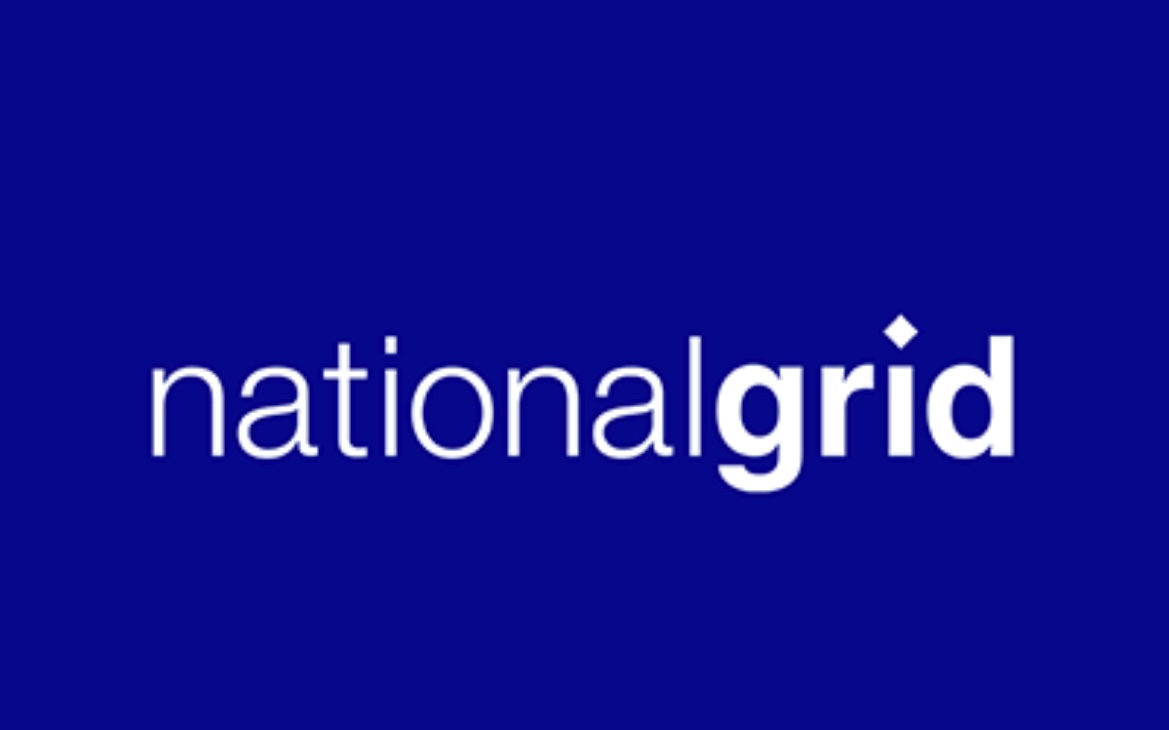Title Page
-
Site conducted
-
Conducted on
-
Inspected by
Monthly Inspection
Fire Extinguisher Inspection
-
Click "Add Fire Extinguisher" to list equipment available in the area. You may add multiple items.
Fire Extinguisher
Fire Extinguisher Information
-
Location of Extinguisher
-
Serial No. of Extinguisher
-
Manufacture Date
-
Expiry Date
-
Type of Fire Extinguisher
Fire Extinguisher Inspection
-
9. Location of extinguisher is easily identifiable by a sign or sticker on the outside of your National Gird Vehicle
-
2. Mounted in an easily accessible place, no debris or material stacked in front of it.
-
4. Label is clear and extinguisher type and instructions can be read easily.
-
1. Has a valid maintenance tag
-
3. Safety pin is in place and intact with a plastic tamper seal. Nothing else should be used in place of the pin.
-
5. Handle is intact and not bent or broken.
-
7. Discharge hoses/nozzle is in good shape and not clogged, cracked, or broken
-
The cylinder/shell of the extinguisher has no obvious physical damage, corrosion or leakage
-
Bracket/stand is secured and mounted and holding the extinguisher in place
-
8. Extinguisher was turned upside down at least three times (shaken) to make sure it is full.
-
The pressure gauge reads full and is in the green
-
10. Dust and wipe down the extinguisher so it’s clean and free of any particulates or debris
-
You’re familiar and comfortable with using the extinguisher in the case of an emergency.
-
You’re familiar with (PASS) P-Pull the pin on the extinguisher. A-Aim the extinguisher nozzle toward the base of the fire. S-Squeeze the handle or lever to discharge. S-Sweep the nozzle back and forth while aiming at the base of the fire till the flames are extinguished or the situation becomes unsafe.
-
Overall condition of fire extinguisher
-
11. Annual maintenance tag is signed and dated
Completion
-
Name and Signature of Inspector







